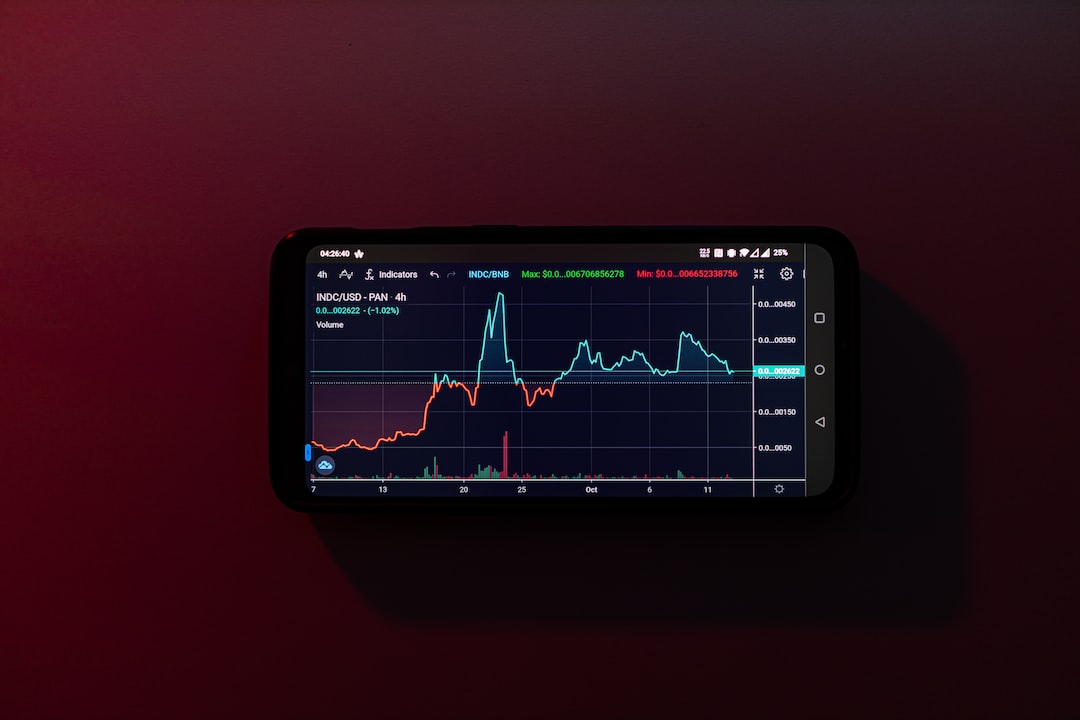Stranded Digital Assets and Risk-Mitigation Strategies
Exchanges like FTX going bankrupt have resulted in a substantial amount of digital assets being left stranded on collapsed platforms. This has made market-makers cautious about potential future turmoil. To address these risks, firms have implemented various strategies that, while reducing exposure, have also eroded profit margins. One approach is diversifying activity across multiple cryptocurrency exchanges to avoid concentration risk. Market-makers are also increasingly storing digital assets off trading venues and utilizing them as collateral to borrow tokens for deployment on crypto platforms. Custodians or prime brokers typically hold this collateral, ensuring that only the borrowed tokens are at risk if an exchange were to fail.
Higher Cost of Doing Business
Unsurprisingly, risk-mitigation measures come with a cost. According to Bloomberg, using intermediaries to manage collateral reduces profitability by 20% to 30% compared to leveraging coins directly with a trading platform. Despite the decline in margins, market participants recognize the necessity of these strategies and understand that higher costs are now an inherent part of doing business in the crypto market. The bankruptcy of exchanges like FTX served as a wake-up call for the industry, leading to a shift in prioritizing the risks associated with leaving digital assets on exchanges.
Market Depth and Lower Liquidity
An analysis of crypto exchanges’ market depth, which refers to the market’s ability to absorb large orders without impacting the price, reveals significantly lower liquidity compared to the bull-run during the pandemic era. According to crypto researcher Kaiko, the number of trades falling within 2% of the mid-price of Bitcoin (BTC) on exchanges has decreased by over 60% since October 2022. Market makers leaving the space after incurring losses or revising risk management strategies following the FTX incident, along with the low volatility environment, are factors contributing to the reduced presence of liquidity providers in the market.
Hot Take: Increased Costs and Lower Liquidity Shape the Crypto Market
The bankruptcy of exchanges like FTX has prompted the adoption of risk-mitigation strategies by market-makers, resulting in higher costs of doing business. While using intermediaries for collateral management reduces profitability, it has become necessary in the crypto market. Additionally, lower liquidity levels compared to the pandemic-era bull-run indicate a shift in market dynamics. Market-makers leaving the space and the current low volatility environment contribute to this liquidity decrease. As the crypto market evolves, it demands a heightened focus on risk management and adapting to the changing landscape.





 By
By
 By
By
 By
By

